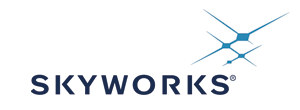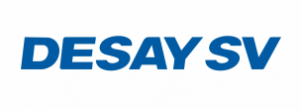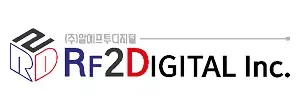Digital Radio Mondiale (DRM), the newest and most advanced global digital radio standard, is making steady progress in some of the major markets of Asia and Africa where broadcasters and regulators have recognised that the DRM system is the most suitable for covering their entire, often large, geographically diverse and populous countries. They are therefore in the process of developing their own rollout plans. Some European countries too are increasingly recognising the advantages of the DRM digital standard, and are considering the system for their specific needs.
Rolling out digital radio is a very complex process. The key to its success is to have all the steps of its implementation well planned and completed, including the upgrade or replacement of transmitters, the creation of programmes with new, enriched content, then the actual broadcast of such new programmes in parallel with the production of chipsets and receivers.
How can countries actually achieve this? The DRM Consortium has strongly advocated at various events and trials around the world the need for administrations to create a ‘digital radio committee’ bringing together all the major stakeholders, such as regulators, broadcasters, manufacturers and distributors. Then the group can work together towards the implementation of a well-coordinated common digitisation plan. Such a plan needs to specify an agreed “launch date” for digital radio in that country. And this launch date should be clearly communicated to the industry early in the entire process.
This positive announcement with a precise launch date to the industry, made by an official body in a market is (from our previous experiences and advice from representatives of the industry itself) the only action that will raise awareness and trust among the chipset and radio manufacturers. Ideally, such a positive announcement should also contain details of the exact coverage areas and the number of people able to receive already, or potentially, the new digital programmes. This will galvanise both the local as well as the international manufacturing industry to start planning the mass production of chipsets and receivers. In addition, distributors and retailers will be in a position to start ordering receivers, making the entire roll-out process of digital radio a true national project.
We sometimes hear, unfortunately, that DRM (or DRM/DAB+) receivers need to be already available in a market even before broadcasters have put new digital programmes on the air. This is far from the truth and very misleading. The reason for this is that manufacturers of chipsets (of either DRM or of combined DRM/DAB+) as well as of radio receivers need to be absolutely confident that digital radio is not just a “fad”, a whimsical project, but a real digital radio roll-out, a well-planned and happening project with digital programmes on air.
Once the manufacturers are convinced and trust that the digital radio roll-out in a market is indeed an irreversible fact, they will start planning the production of digital receivers. The official positive announcement needs to be combined with actual orders of a substantial number of chipsets/radio receivers, which are an additional proof that digital radio will be launched in a given market.
Therefore, the key strategic approach in the radio digitisation plan is to coordinate the activities of all major stakeholders and to make a positive, trustworthy announcement of the launch date of digital radio. This is the open gate to the success of this complex but very rewarding process in the implementation of a new and excellent radio standard, like DRM.
Radu Obreja – DRM Marketing Director

















